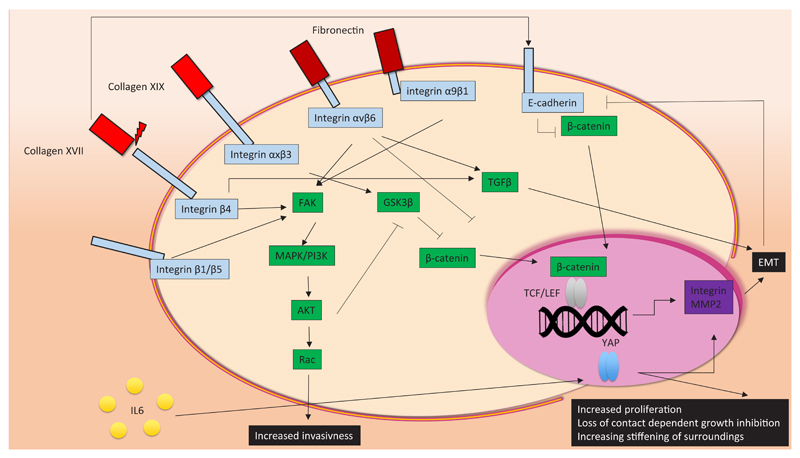Fig. 5. Deregulated signalling influences skin cancer progression.
Components of the extracellular matrix (ECM), such as collagens and fibronectin, interact with cell surface integrins and cadherins. Depending on which surface molecule they interact with, the cancer hallmarks (uncontrolled proliferation, invasiveness and epithelial-to-mesenchymal transition (EMT)) can either be activated or repressed. Activation of the MAPK/PI3K pathway, mediated by integrin stimulation, facilitates nuclear translocation of β-catenin, resulting in EMT and increased invasiveness. EMT is also induced by TGFβ signalling, through collagen- and fibronectin-integrin associations. Other stimuli, including secreted cytokines, can contribute to cell transformation. For example, YAP signalling is activated by IL-5, in turn causing increased proliferation and loss of contact-dependent growth inhibition, which is typical behaviour associated with cancer cells.

